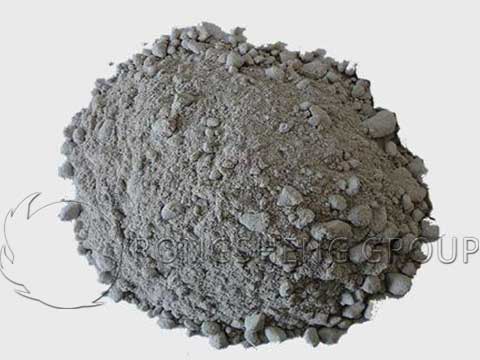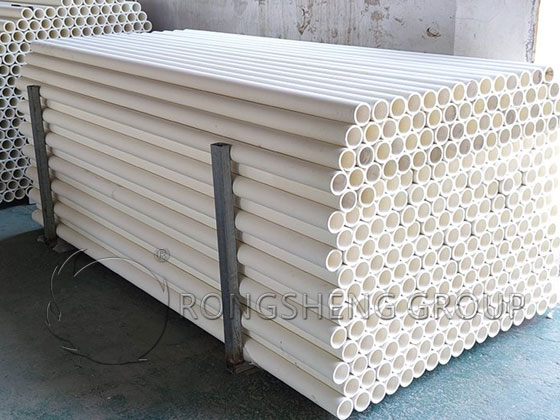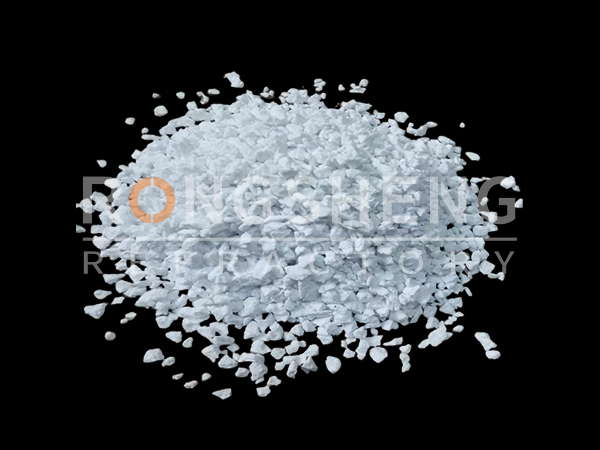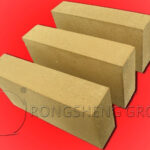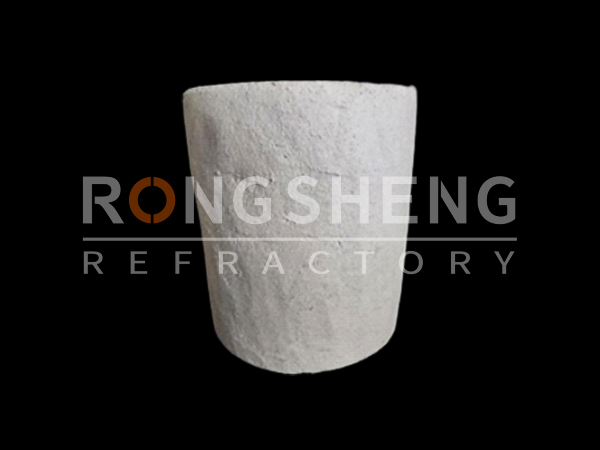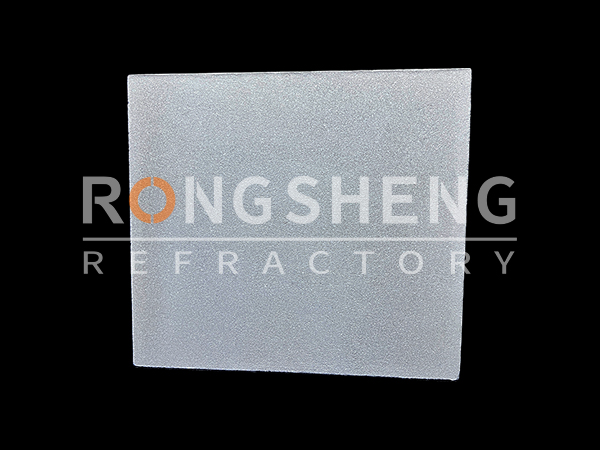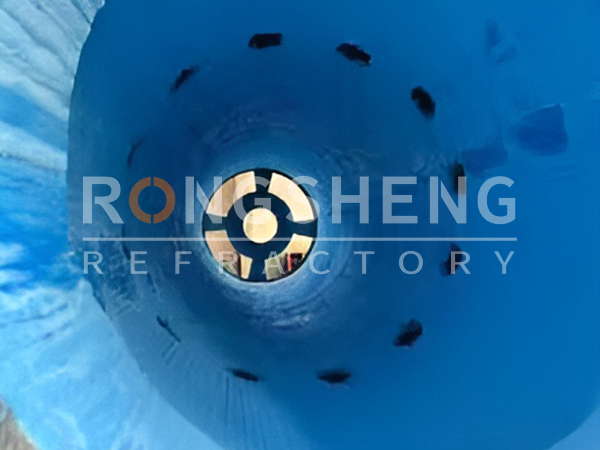Which is the Wear Resistance of Refractory Material?
Wear-resistant refractory materials are usually used under high-temperature conditions. Under high-temperature conditions, the erosion and abrasion of the materials produced by the kiln is an important factor that causes damage to the refractory materials in the lining of industrial kilns. Therefore, it is necessary to understand and master the erosion and wear resistance of the refractory materials selected. First, let us start to understand the wear resistance of refractory materials.
Wear Resistance of Refractory Materials
Many changes in the high-temperature wear resistance of refractory materials vary with temperature and material. It is also believed that the “higher strength, the more wear-resistant” of refractory material, this relationship will exist in similar materials, but this relationship does not necessarily exist between different types of refractory materials. For example, the wear resistance of corundum bricks with a compressive strength of 100MPa is weaker than that of high alumina bricks with a compressive strength of 86MPa. There is also the relationship between the wear resistance of refractory castables and their compressive strength and flexural strength. Some people believe that the higher the strength of high-aluminum castables, the smaller the wear. In practice, it is not found that such a relationship. In short, these are to give users a more comprehensive and in-depth understanding of the wear resistance of refractory materials.
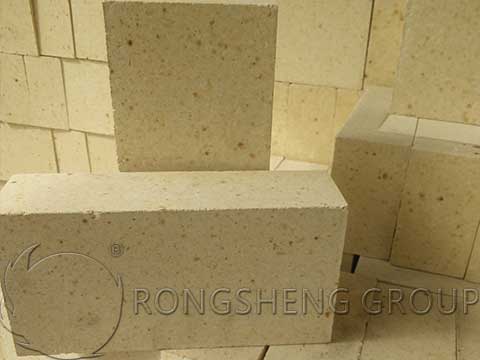
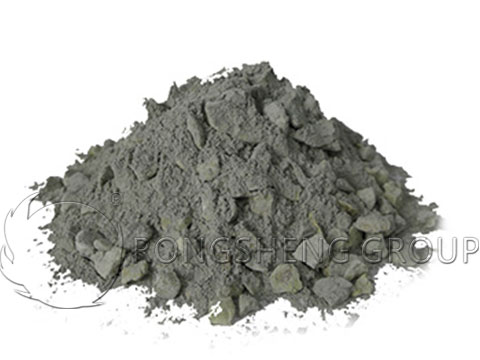
Wear Resistance of Different Types of Refractories
Rongsheng refractory manufacturers have mastered some rules for their wear resistance in the production of refractory materials and studied the possible influencing factors through the wear resistance of refractory materials of different materials.
The wear resistance of different refractory materials is quite different. According to the abrasion resistance of various refractory materials, it can be roughly divided into three gradients. Silicon carbide refractories have the strongest wear resistance, high-alumina refractories and corundum refractories have intermediate wear resistance, and alkaline refractories, siliceous, and clay refractories have poor wear resistance.
Due to the large difference in alumina content of high-alumina refractories, the wear distribution range is wide. The higher the hardness of the mineral, the stronger its wear resistance. It can also be said that silicon carbide refractories have the least amount of wear. Therefore, wear-resistant and refractory materials are selected for some key corrosion parts. The bonding phase of silicon nitride combined with silicon carbide material has high hardness and high strength, and the bonding phase of refractory clay combined with silicon carbide material has a lower hardness of mullite and glass phase. Therefore, silicon nitride bonded silicon carbide materials have better wear resistance than clay bonded silicon carbide materials.
The wear resistance of high-alumina castables prepared with the same high-alumina bauxite material is better than that of high-alumina bricks, and the difference in wear between the two is about 60%-90%. Similarly, the wear resistance of clay castables will be better than that of clay bricks. The castable adopts micro powder technology and the density of low-cement castables is usually greater than that of the corresponding refractory bricks. Because the castable uses a larger particle size aggregate, and the proportion of the aggregate of the castable is larger, and the aggregate is usually denser and more wear-resistant than the matrix. In order to improve the wear resistance of the castable, the wear resistance of the castable is generally improved by adding silicon carbide.
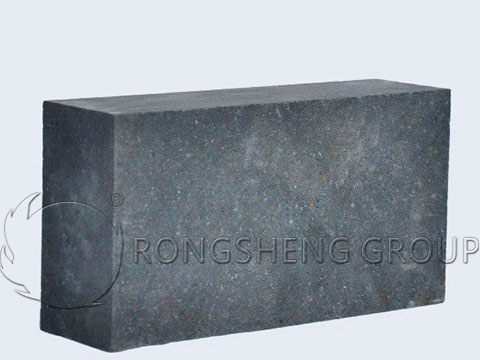
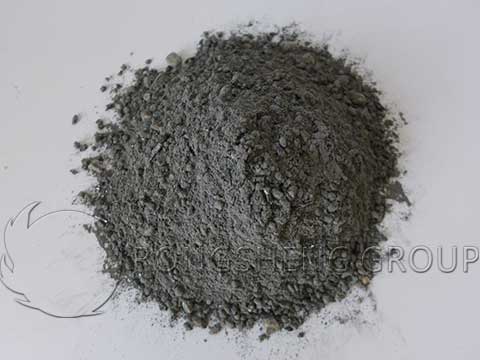
Analysis of the Reasons for the Different Wear Resistance of Different Types of Refractories
Factors such as the type of crystal structure of different mineral phases and the size of the lattice energy cause the hardness of their minerals to be different. Atomic crystals of diamond, silicon carbide, and corundum have high Mohs hardness, while ionic crystals of spinel, mullite, periclase, and other hardnesses decrease in order. Graphite has the lowest Mohs hardness due to its layered structure composed of weak intermolecular forces. The higher the hardness of the mineral, the stronger its wear resistance. Therefore, silicon carbide material has a small amount of wear and is the most wear-resistant. Magnesia bricks, magnesia spinel bricks, and magnesia-chrome bricks with periclase as the main phase have a large amount of wear, most of which exceed 10cm³. The wear of graphite-containing aluminum-silicon carbide carbon bricks is relatively large, while that of aluminum-carbon materials with low graphite content or without graphite is relatively small.
The bonding phase of silicon nitride combined with silicon carbide materials has high hardness (Mohs hardness 9~9.5) and high strength. The mullite and glass phases of clay-bonded silicon carbide materials have a lower hardness. Therefore, silicon nitride bonded silicon carbide materials have better wear resistance than clay bonded silicon carbide materials. For the high alumina brick with 76% AL2O3 content and the third-grade high alumina brick with 58% AL2O3 content, the former has high corundum phase content, while the latter has high mullite phase content and low corundum phase content, so the former is more wear-resistant.
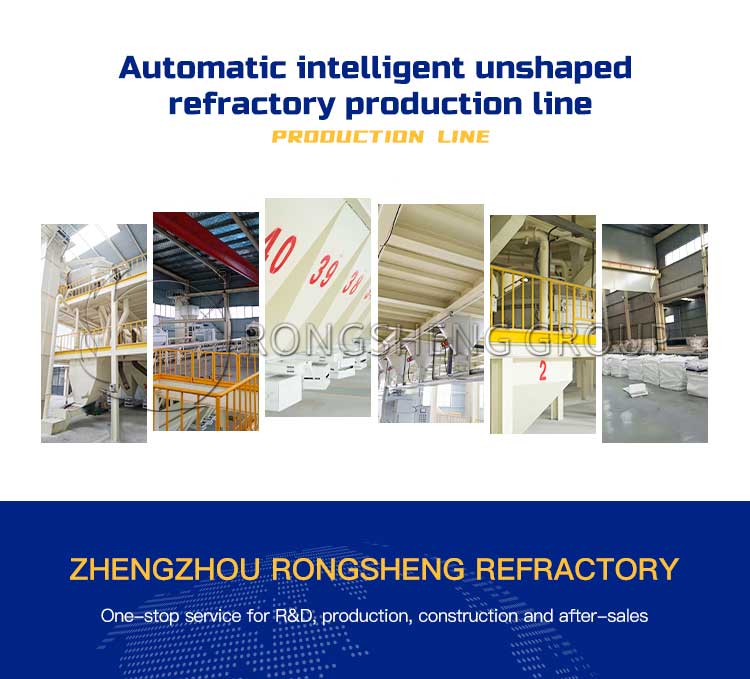
Buy High-Quality Refractory Castables
To learn more about refractory materials, please continue to follow our blog. If you need to buy high-quality refractory castables, such as wear-resistant refractories, silicon carbide castables, corundum castables, please contact a strong and experienced refractory manufacturer. Rongsheng refractory material manufacturer has rich experience in the production and sales of refractory materials. Rongsheng has customers in more than 70 countries around the world, and customers continue to return orders. Moreover, Rongsheng Environmental Protection’s advanced and fully automatic monolithic refractory castables are produced first, with an annual output of 80,000 tons. The quality of Rongsheng’s refractory castables is guaranteed, and it has customer service that satisfies customers. Look forward to working with you.
